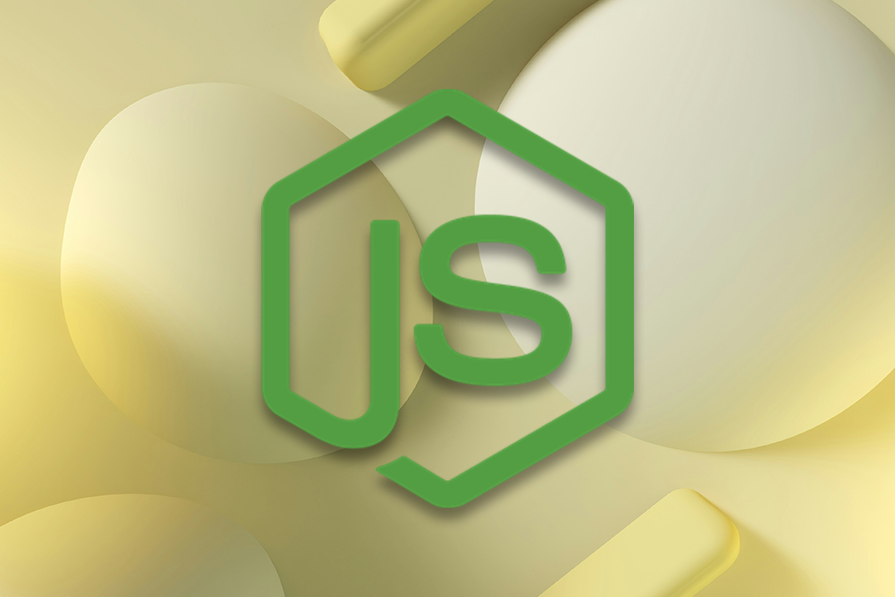Enhance your workflow with Node-RED v4.0

Building a Demo Application Flow with Node-RED
In this tutorial, we will create a Node-RED application flow that:
- Notifies users once their specified platform account is logged into
- Allows the user to create an order
- Displays the orders in a table format
Prerequisites
Before starting, ensure that you have Node.js installed on your machine. We will be using the following nodes:
- Email node
- HTTP request node
- Inject node
Installing Required Nodes
- Open Node-RED palette
- Go to the hamburger menu > Manage palette
- Click on the Install tab and search for required nodes
- Install the email, HTTP request, and inject nodes
Setting Up Nodes
- Drag the email, HTTP request, and inject nodes to the workspace
- Connect the nodes in the following order: Inject → HTTP request → Debug → email
- Click the Deploy button to deploy the flow
Working with MongoDB
- Set up a MongoDB connection
- Use an inject node to trigger flow
- Add a function node to handle order logic
- Add a MongoDB node to insert order data
- Add a debug node to view the output after inserting data
Displaying Orders
- Add a MongoDB node to retrieve orders
- Connect the node to a template node to display orders in a table format
Deploying Node-RED on Different Platforms
Node-RED can be deployed on various platforms including:
- Local deployment via npm or Docker
- Hardware devices (Raspberry Pi, BeagleBone, Arduino, Android)
- Cloud services (FlowFuse, AWS, Azure, GCP)
Deploying Node-RED on Azure
- Create an Azure Virtual Machine
- Configure basic info, username, password, etc.
- Install Node-RED on the Ubuntu VM
- Access Node-RED on your Azure cloud infrastructure
Once deployed, you can design your flows and deploy them instantly to the cloud for enhanced workflow automation.